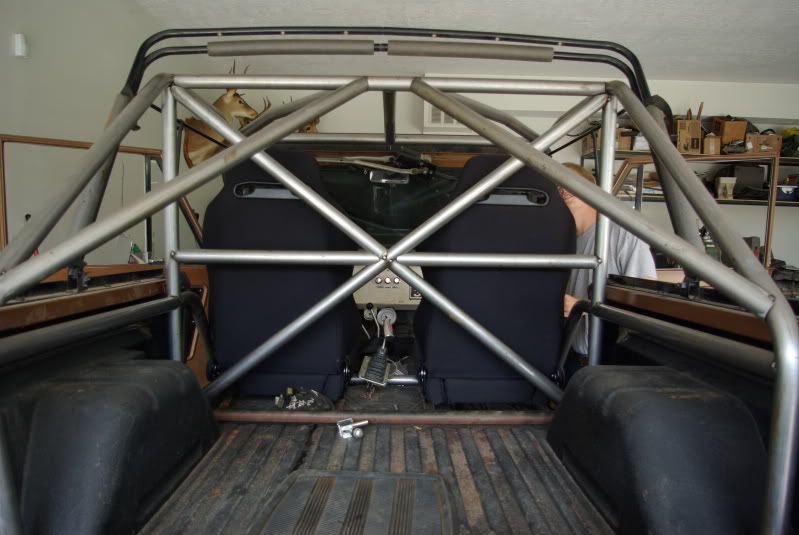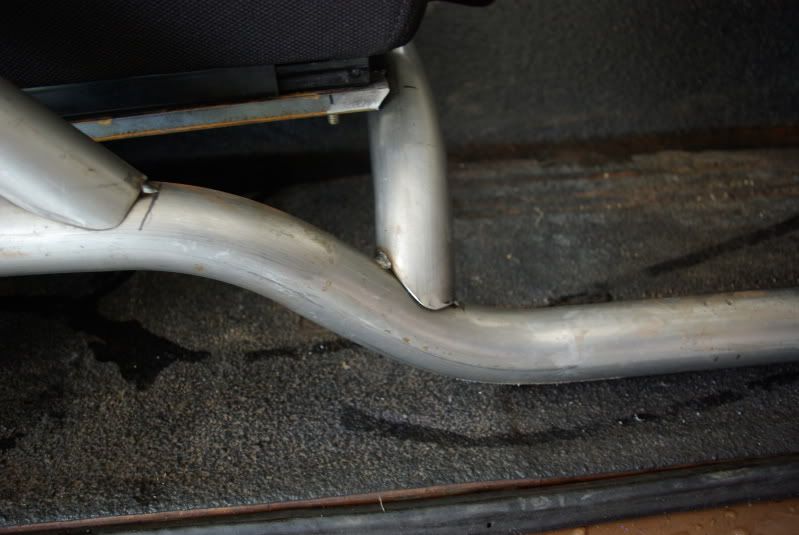Bundy
Bronco Guru
- Joined
- Jan 10, 2009
- Messages
- 2,045
Hey All-
I've been messing around looking for tube benders and just overall getting my learn on before I make any purchases. I have a couple of questions that I am sure you guys know off the top of your head. I want my first cage to be able to handle severe roll overs but nothing NASCAR... just hard core wheelin stuff.
For the ease of learning I am focusing on the JD Squared stuff as far as die and component terminology and reference. Here are some questions I have:
1. What are the standards common to dealing with tubing? The ones I know about are square tube, round tube, tube radius, OD, wall thickness, and type of metal (like chromoly?). Have I missed any common standards?
2. What is the most common sized tubing standard used for roll cages? 1.5"? 2"? Wall thickness? preferences for type of use?
3. Looking at die sets there are SO MANY options. If I were looking at this die set that says M32B Die Set - 2” (7.5-180) 2” Round Tube... it talks about the 7.5 being the center line radius... I think I'm having a problem understanding that term
4. I've heard of people using carts instead of a stand bolted to the floor... would I be able to bolt a bender to my welding table or do they make a special cart?
Any input would be greatly apreciated!
I've been messing around looking for tube benders and just overall getting my learn on before I make any purchases. I have a couple of questions that I am sure you guys know off the top of your head. I want my first cage to be able to handle severe roll overs but nothing NASCAR... just hard core wheelin stuff.
For the ease of learning I am focusing on the JD Squared stuff as far as die and component terminology and reference. Here are some questions I have:
1. What are the standards common to dealing with tubing? The ones I know about are square tube, round tube, tube radius, OD, wall thickness, and type of metal (like chromoly?). Have I missed any common standards?
2. What is the most common sized tubing standard used for roll cages? 1.5"? 2"? Wall thickness? preferences for type of use?
3. Looking at die sets there are SO MANY options. If I were looking at this die set that says M32B Die Set - 2” (7.5-180) 2” Round Tube... it talks about the 7.5 being the center line radius... I think I'm having a problem understanding that term
4. I've heard of people using carts instead of a stand bolted to the floor... would I be able to bolt a bender to my welding table or do they make a special cart?
Any input would be greatly apreciated!













